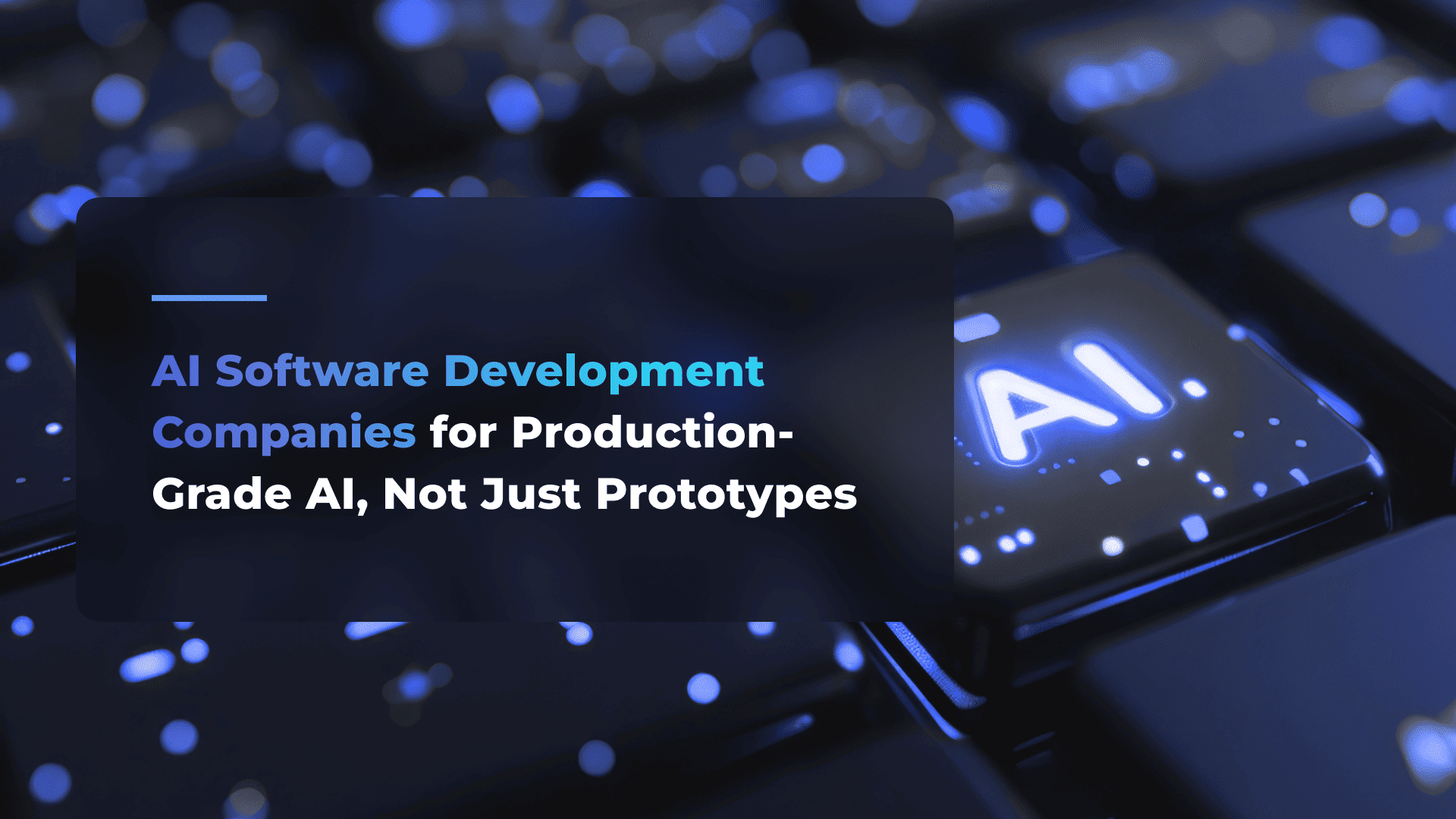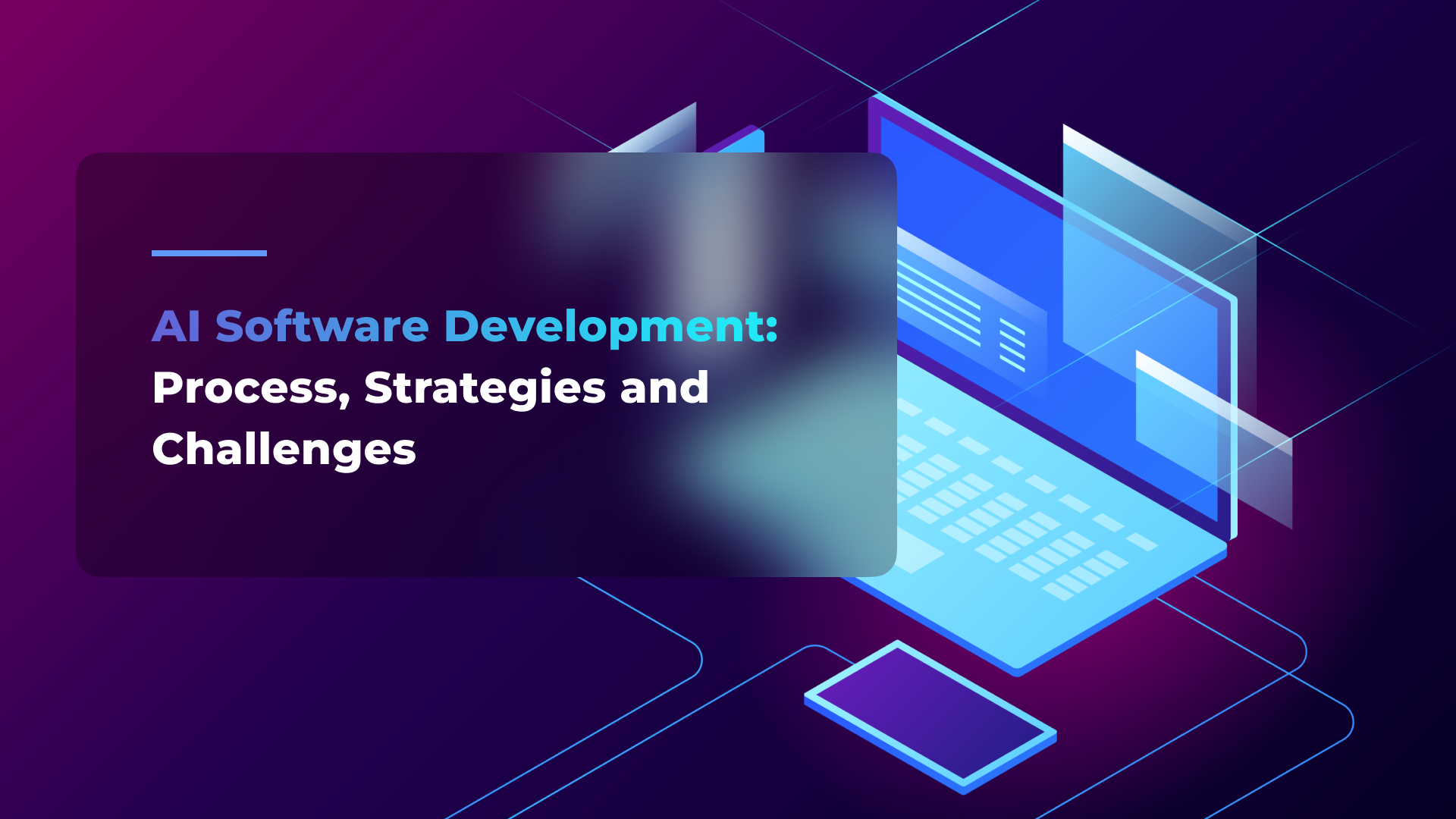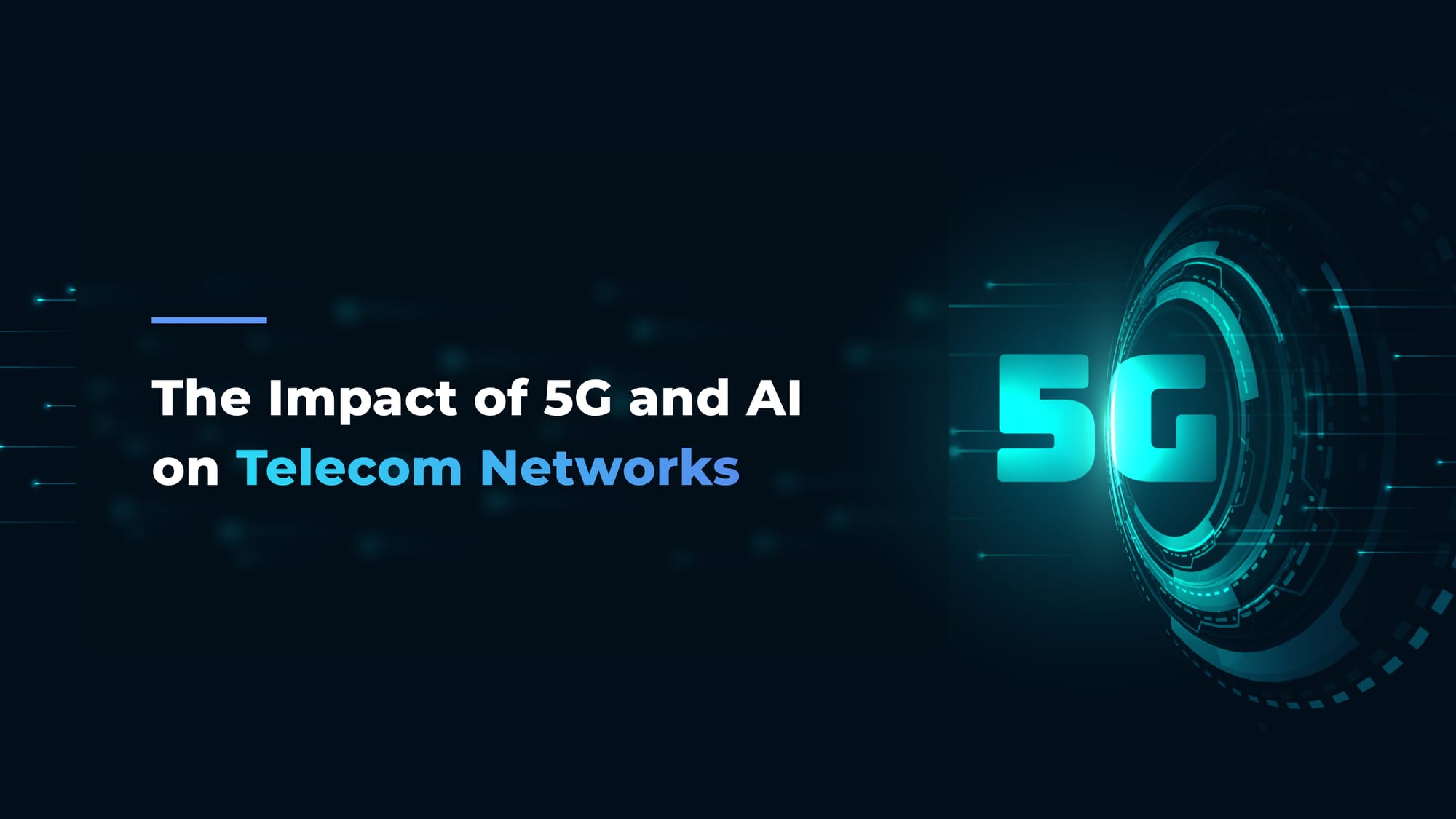10 AI and Machine Learning Trends to Watch This Year
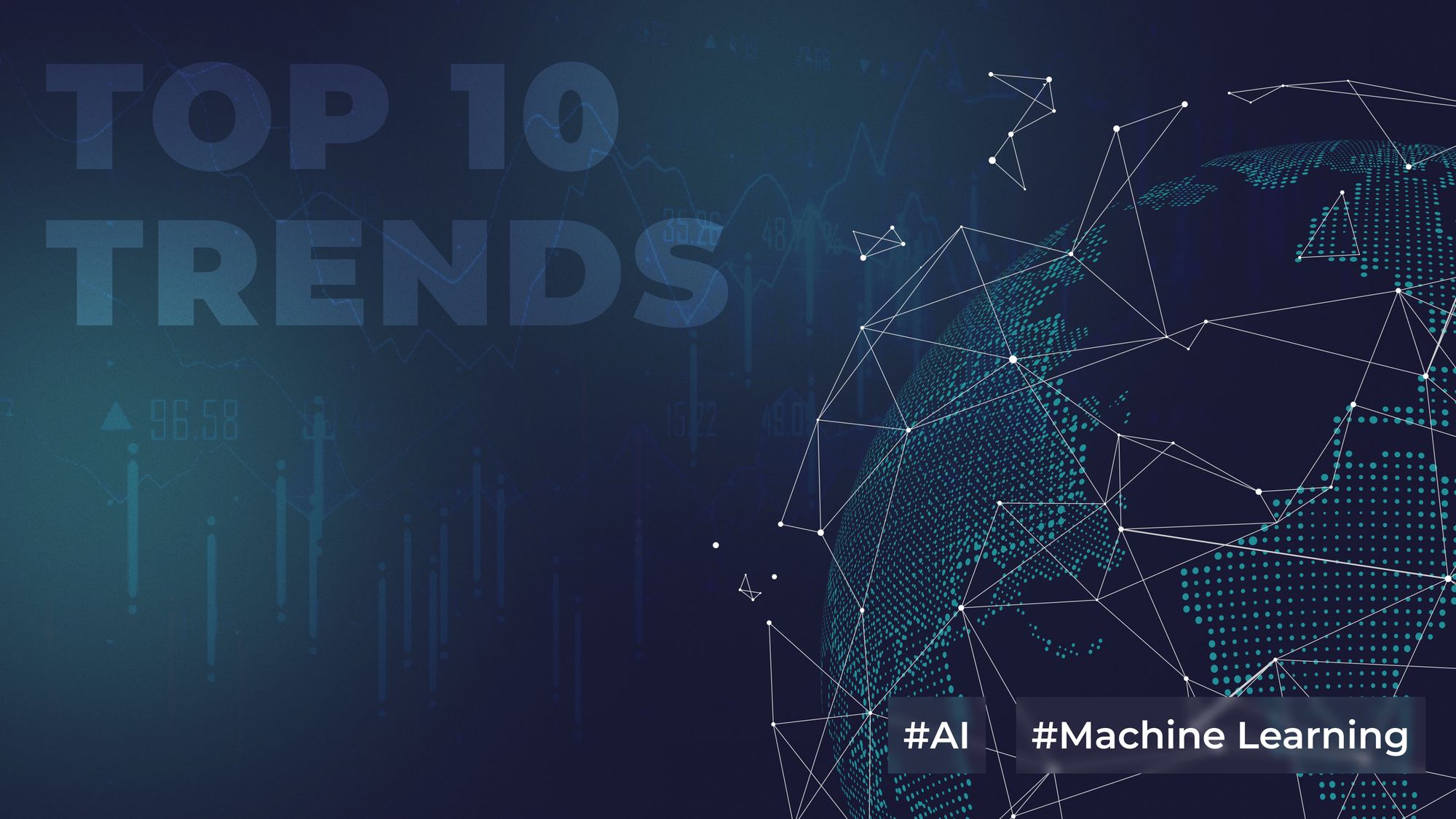
Artificial intelligence technologies transform businesses in ways no one has ever imagined. Companies keep applying AI more effectively, contributing to exponential growth in this field; new trends emerge, such as AI-enabled design or multimodal learning. Here are 10 of the top AI trends for 2022.
AI-Enabled Design
As we know, AI has traditionally been used to automate data and analytics processes. But recently OpenAI has released new projects — DALL·E and CLIP, which generate new visual designs based on text descriptions. Early research shows how models can develop novel strategies, implying that AI will be easier to implement on a large scale in the creative industries.
In the future, AI tools will be so intuitive that anyone can express their ideas visually, thus removing the need for manual sketching/rendering. You can think of it as photography in the 19th century eliminating such a need for realistic portraits.
However, this does not imply that AI is replacing designers. To begin with, AI does not have personal or emotional experiences that influence its art. Second, according to IBM CEO Ginni Rometty, AI will be primarily concerned with optimization and speed. "If I considered the initials AI, I would have preferred augmented intelligence," he stated.
AI allows designers to create designs faster and more cheaply due to the increased speed and efficiency it provides. The power of AI will be in analyzing massive amounts of data and recommending design decisions. Based on that info, a designer can then cherry-pick and approve changes.
Automated Machine Learning (AutoML)
The practice of building ML and deep learning models with AutoML strives to automate the end-to-end machine learning process fully. In practice, this means building systems where you throw data and expect results, assuming the system knows how to compute it.
While it sounds very ambiguous and many people take it with a grain of salt, professionals gradually try to automate bigger and bigger portions of machine learning. But as for now, there are no systems that can fully automate all types of ML.
Many people confuse AutoML with CASH. CASH is a library of algorithms for each machine learning analysis step which only gives you a predictive model, while AutoML is what CASH provides + everything a good analyst would offer, like estimating predictive performance or explaining and interpreting the final model.
AutoML could be helpful for every person, from stay-at-home moms who want to analyze financial expenses in Excel to CEOs who analyze the company’s data. It does not require math, coding, or statistics and should be available to anyone.
Excel was designed for accountants, but it has since become a tool for anyone who works with tables. With AutoML, new platforms are expected to enable novices to build models and make predictions. And, of course, eliminating tedious scripting that comes with manual ML will also greatly benefit experts.
AI can do more for your business—let’s find the best way to make it work for you. Check out our expertise and let’s discuss your next AI project.
See our AI servicesMultimodal Learning
Multimodal learning implies that when our senses, or modals – visual, auditory, and kinesthetic – are engaged during learning, we retain more information and understand better.
Multiple modalities entail providing diverse presentations and experiences of the content so that students use different senses and skills during a single lesson. Four widely accepted learning modalities (or modes), visual, auditory, reading/writing, and kinesthetic, are frequently used to address different learning styles.
AI multimodality entails using methods with various types of data to accomplish a particular task. Multimodal AI significantly outperforms single-modal AI in many real-world cases. In one ML model, AI becomes growingly able to sustain speech, text, and IoT sensor data. By combining modalities, researchers aim to improve routine tasks.
Algorithms that are taught to use multimodal methods like optical character recognition could potentially even improve medical diagnosis. To maximize the benefits of multimodal techniques, data scientists with extensive skills such as NLP and machine vision will need to be recruited or provided with the training.
AI integration with IoT
The adoption of IoT (Internet of Things) is altering how we see business today. IoT helps to create the best products possible by discovering novel usage patterns, while capturing massive volumes of data from various sources. This, on the other hand, really complicates data collection and analysis.
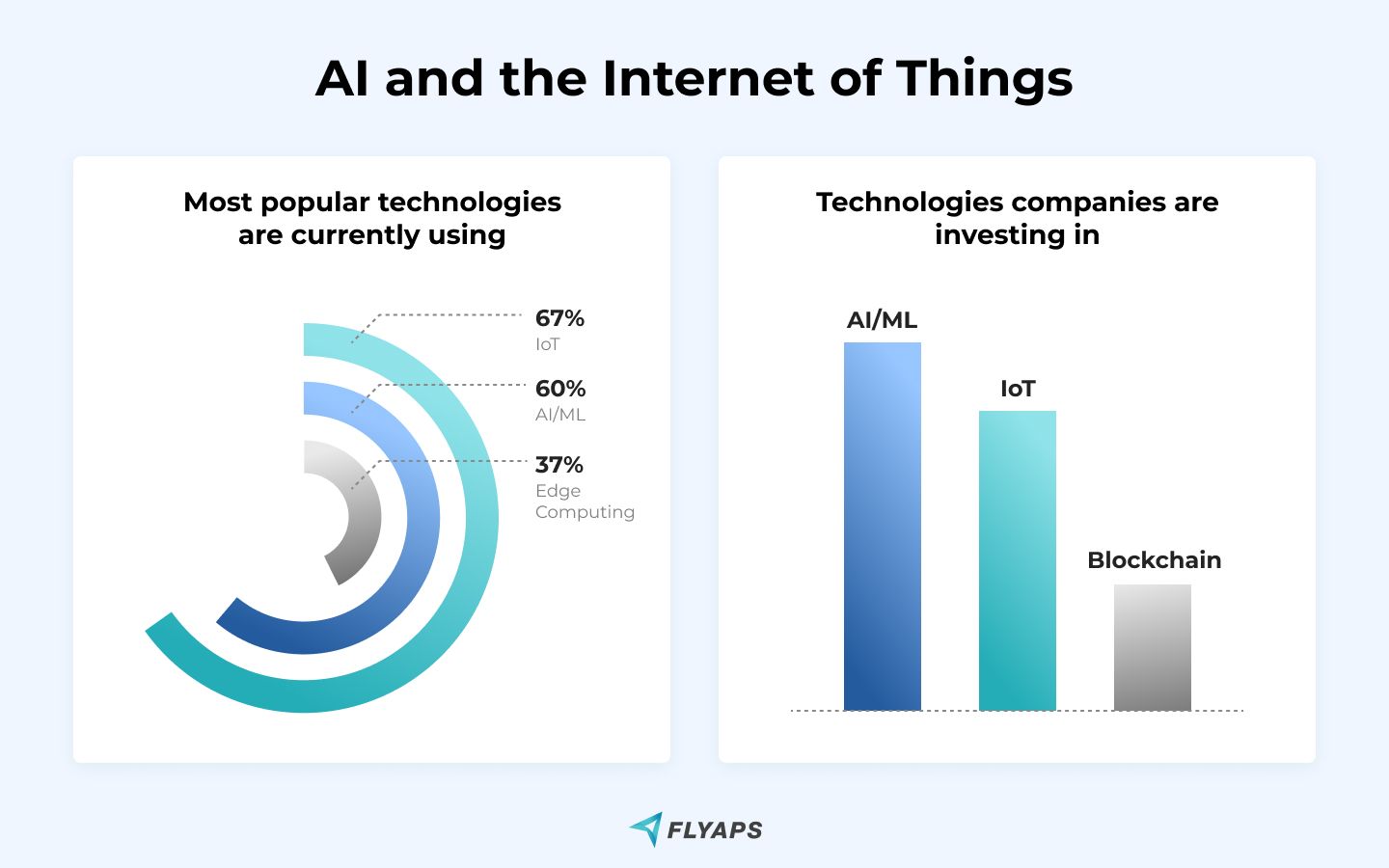
AI and machine learning accelerate advancements in IoT devices and services, making them more intelligent and secure. Deep learning algorithms are being applied to data generated by connected devices to improve forecasting and trend detection. As a result, highly accurate insights can be derived from IoT device data.
Monitoring the health of machines in factories is one example of an AI use case for this. Data from IoT sensors attached to devices, combined with advanced machine learning, can reveal potential future failures, allowing for preventative maintenance and lowering the likelihood of unplanned downtime for the factory.
AI (Artificial Intelligence) and IoT integration has the potential to transform businesses and economies.
TinyML
TinyML is a rapidly growing subfield of machine learning that can perform data analytics at very low power on low-cost, resource- and power-constrained devices.
To enable ML to expand its reach and usher in a new era of applications, we must find ways to allow ML to infer on smaller, more resource-constrained devices. Tiny Machine Learning, or TinyML, results from this pursuit (a trademarked term from the TinyML Foundation).
TinyML is a rapidly expanding approach to creating AI and ML models that run on electronic devices like microcontrollers found in automobiles and refrigerators. TinyML algorithms are expected to be used more frequently for a localized analysis of simple voice and gesture instructions; widely known sounds such as gunfire or baby crying; asset location and orientation; environmental conditions; and vital signs.
Democratized AI
A democratic society represents all of its members. Democratization of a product essentially means that the valuable resource will become more readily available to the masses.
Getting technology into the hands of more people was the most outstanding achievement of twentieth-century technology, just like intelligence will be our future in the twenty-first century.
Expert-level knowledge, computing power, and money are typically required for AI development. The goal of democratizing AI is to make a product more accessible by providing user-friendly resources and support, such as pre-built algorithms, simple interfaces, AI development platforms, and high-performance cloud computing platforms. This kind of support serves in-house developers even without prior experience greatly, making it easier to develop their own AI applications.
Quantum ML
Being an area in R&D (Research & Development), quantum machine learning aims to convert classical machine learning algorithms into quantum circuits that use qubits, the quantum analog of the regular computer bit, rather than binary bits.
Quantum machine learning is also known as quantum-enhanced machine learning or quantum-assisted machine learning. One of its important goals is to investigate how quantum computing can speed up the execution of classical ML algorithms.
Quantum computing has huge potential for creating more powerful AI models. Although most people cannot afford the technology, organizations like IBM and Microsoft are making quantum computing more accessible through cloud models.
Combining quantum computing and ML could have tremendous advantages for businesses, potentially allowing them to deal with problems that are as of now irresolvable. Experts recommend that organizations modify their strategies and investigate quantum computing and ML when the technologies mature in the next two to three years.
Responsible AI
There are quite a few problems when it comes to Artificial Intelligence. While for the majority this term is associated with novel technologies and progress, for some it's a general concern. Many people are afraid AI will replace them as employees or will make unfair decisions. Privacy concerns like lack of confidentiality are also valid.
Responsible AI seeks to address these difficulties and establish accountability for AI systems. The technology will also have a fair impact on customers, allowing businesses to build trust and scale AI certainly.
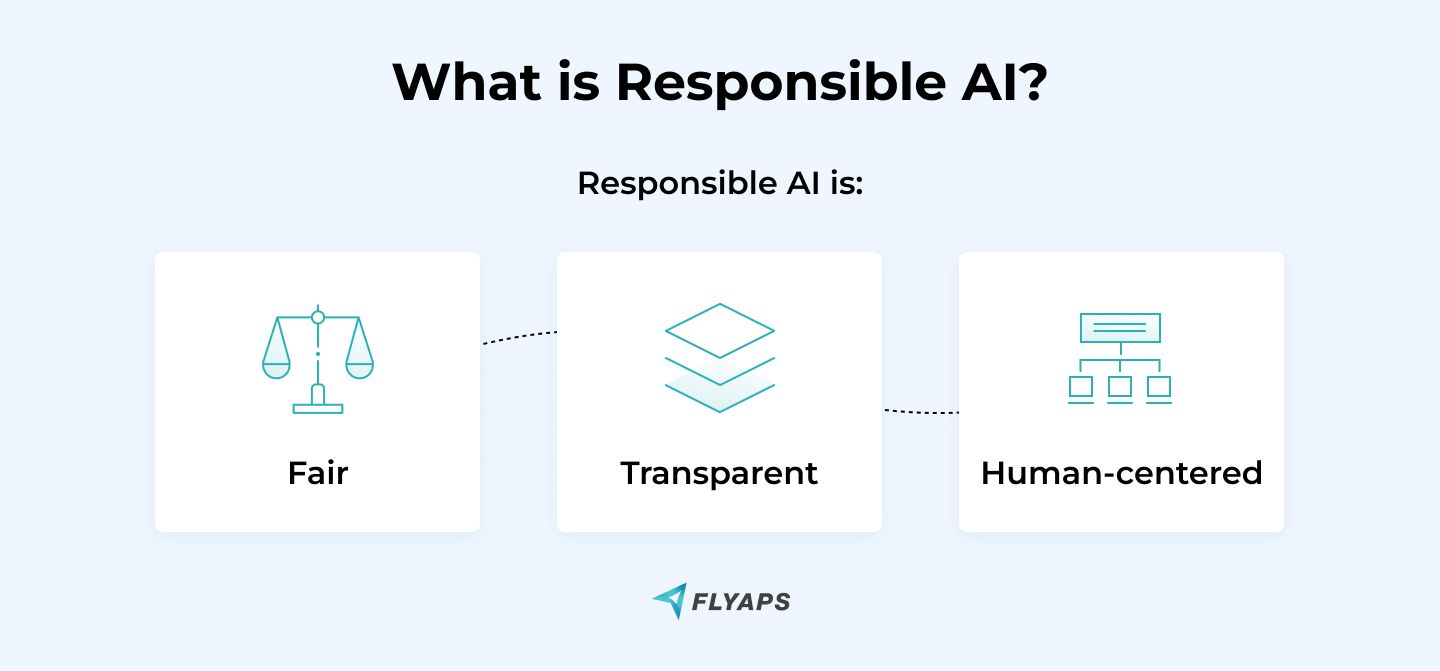
Microsoft states these principles of AI and the machine learning models that support responsible artificial intelligence:
- Fairness
In ethical AI initiatives, bias in machine learning models is sought out and eliminated.
- Transparency and explainability
In an explainable AI system, the program's reasoning, rationale, and decision-making process are explained to the user in a manner that can be understood.
- Human-centeredness
An important goal of responsible AI is to have a fair impact on customers and society, thus human-centeredness is a core principle for its effectiveness.
AI and the Metaverse
Many people have trouble understanding what metaverse stands for. This takes us back to the nineties when defining the term “cyberspace” during the years of the Internet boom was a struggle for many. Such a problem is long forgotten now, and it is now clear that there will be a similar scenario with Metaverse.
The metaverse is an environment in which users can collaborate and play together, also known as a persistent, unified digital environment. It's a virtual world, like the Internet, except that there is more emphasis on enabling immersive experiences, often created by the users themselves. Since Mark Zuckerberg discussed combining virtual reality technology with the social foundation of his Facebook platform, it has become a hot topic.
The metaverse is being built on the pillar of artificial intelligence. AI will help create online environments that will nurture human creativity in a comfortable environment. Our metaverse environments will also most likely be shared with AI beings that will help us with tasks we need to accomplish, or simply be there with us when we want to relax and unwind by playing a game of tennis or chess.
Conclusion
AI adoption will continue to rise as more businesses and research organizations implement innovative tools, techniques, and technologies. AI is already being used to improve corporate strategy, customer support, market analysis, video surveillance, healthcare, advertising, predictive maintenance, self-driving automobiles, and other applications.
The technology opens up many new possibilities, such as the ability to understand any data and implement improvements. A new challenge is also introduced, such as removing bias from machine learning. People's lives and businesses will be impacted by these trends in new and exciting ways worldwide.
Skip the endless hiring cycles. Scale your team fast with AI/ML specialists who delivered for Indeed, Orange, and Rakuten.
Scale your team

